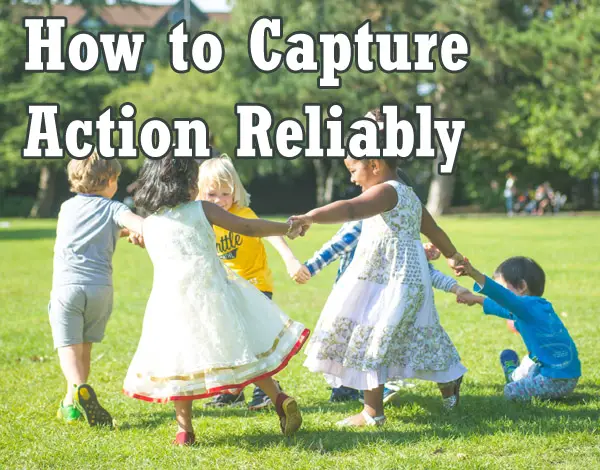If you’re anything like me, you’ll be spending holidays with family and friends, eating, laughing, and, of course, making lots and lots of photographs. At our annual holiday gatherings there are an abundance of children.

And children make great subjects for photography except for one problem: they don’t sit still. A moving target is one of the most difficult things to photograph. Read on for some tips that should help make things a little easier.
… Continue reading How to Capture Action Reliably and with Style








